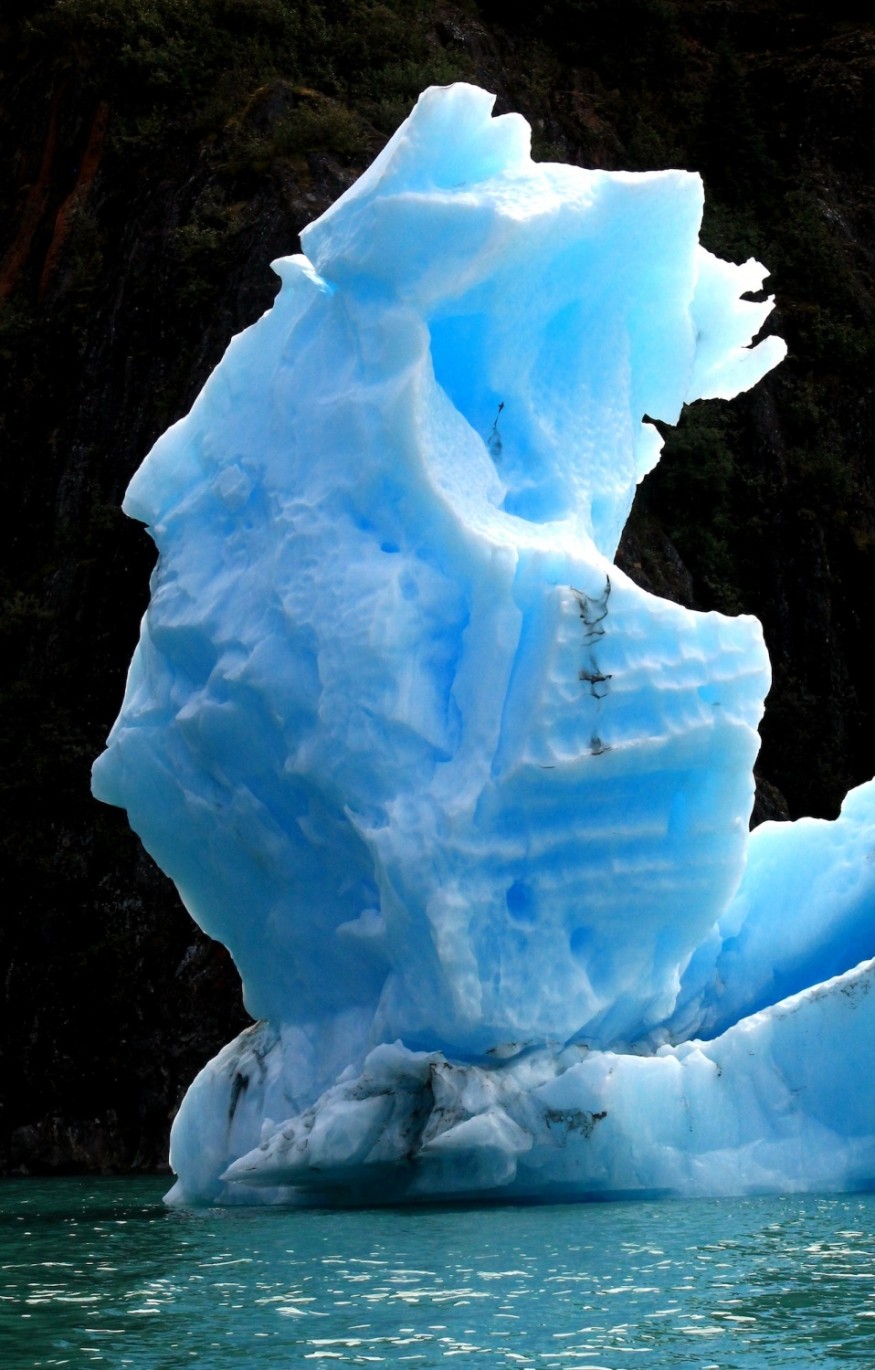Social media was recently rocked by a viral photo of a gigantic iceberg with an unusual shape that bears a resemblance to that of a male private part. The 30-foot iceberg was seen floating off the coast of Canada and was captured by a man from the town of Dildo in Newfoundland.

The aerial image, which photographer Ken Pretty took on April 27, 2023, has been shared and has become viral on social media, reaching as far as Australia. Pretty noticed the iceberg formation when he flew his DJI Mini 2 drone off Conception Bay, as the New York Post reported.
The phallic-shaped iceberg is made of a single column with protruding head above the two oval ice rafts. Aside from the shape resembling a giant erect penis, it has a pair of gargantuan gonads. As the shape is uncommon for an iceberg, Mr. Pretty has received comments that the image was fake. He also got flooded with comments from people who made fun of the unusual formation. The following day after Pretty posted the photo, the head of the formation collapsed.
The story was reported by The Guardian with the headline: Chilly willy: photo of a phallic iceberg off Canadian coast prompts merriment. It was also dubbed as "dickie berg" by social media users. "Took a piece off the Dicky Berg, stiffest drink I ever had," said one user.
In an interview, Pretty said that "It's a hobby of mine, I use my drone to take pictures and videos of icebergs, whales, and communities here in Newfoundland."
Iceberg Alley's Regular Visitors
The Newfoundland coast in Canada is regularly visited by icebergs. The Iceberg Alley, where the penis-shaped iceberg was spotted, has become famous to residents and visitors who would like to watch massive icebergs slowly drifting by. The icebergs take on unique shapes and formations as they slowly melt into the sea.
During the spring months, the ancient glaciers in the North Atlantic Ocean melt, and the ice sheets in Greenland are carved out. Then they head towards the South on a journey that lasts for months until they melt fully into the sea. According to Newfoundland Labrador, 90% of icebergs seen along the coastline come from the glaciers of Greenland, while the rest come from the glaciers in the Arctic Ocean.
About 400-800 icebergs float off the coast of Iceberg Alley every year. Interestingly, along the waters of Iceberg Alley, the famous Titanic ship collided with an iceberg that caused it to shrink in 1912.
This is not the first time an iceberg with an unusual appearance has visited the coast of Canada. In 2016, a 150-foot-tall iceberg became visible near the East Cost shoreline. Aside from public viewing of these colossal ice giants, the residents of Newfoundland also gather small pieces of ice that have broken off. They melt them down and add them to various drinks.
To promote tourism in the area, the local government has launched the Iceberg Finder website, where people can track the location of icebergs.
RELATED ARTICLE: ESA Shows Spooky 'Halloween Crack' of Antarctica's Brunt Ice Shelf [Look]
Check out more news and information on Icebergs in Science Times.
© 2025 ScienceTimes.com All rights reserved. Do not reproduce without permission. The window to the world of Science Times.











